The post What Is the Best Focal Length? 5 Important Focal Lengths to Try appeared first on Digital Photography School. It was authored by Jason Checkla.

What is the best focal length in photography? What are the uses of different focal lengths? And – most important of all – what focal length should you use in your own photos?
In this article, I aim to address all of those questions and more. I’ll share several key focal lengths, and I’ll make sure to explain why they’re great, what you can do with them, and who should consider using them. I’ll also include plenty of examples, so you can see the different focal lengths in action.
Note that whether you shoot with zooms or primes is unimportant. All the focal lengths in this article are achievable through either lens type, so no need to fret if you prefer zooms over primes or vice versa. Instead, just focus on the focal lengths I mention – and how they can improve your images.
Let’s get started.

1. 24mm
The best genres for 24mm lenses: landscapes, astrophotography, group portraits, and event photography
24mm is a beautiful focal length, one that offers a wide-angle field of view without taking you into ultra-wide territory. It’s easy to experiment with, not only because there are many affordable 24mm prime options available, but also because you’ll find this focal length at the wide end of many zoom lenses, such as a 24-70mm f/4 or f/2.8. Also, many kit lenses feature a 24mm wide end once you account for the APS-C crop factor.
A 24mm prime lens will be sufficiently wide and remarkably sharp, making it an ideal candidate for landscape photography. Zooms are wonderful for landscape photography, too, but the locked-in field of view (on a 24mm prime lens) will force you to think carefully about your compositions.

The 24mm focal length also excels in low-light situations. That includes astrophotography, where 24mm lenses with wide maximum apertures (i.e., f/2.8) will facilitate shots of the Milky Way, as well as event photography, where you’ll have an ample field of view for environmental, contextual shots, plus the wider maximum aperture will facilitate sharp shots indoors and at night.
Additionally, the 24mm focal length is wide enough to capture group portraits with minimal perspective distortion. Just don’t get too close and be sure to watch the edges of your frame.

2. 35mm
The best genres for 35mm lenses: street photography, event photography, environmental portraits, and casual portrait photography
35mm is a classic focal length for many photojournalists and street photographers. Why? For one, the field of view requires you to get close to the action for a more immersive perspective, plus it provides plenty of useful context. On the other hand, 35mm isn’t too wide; you can use it to photograph natural-looking people, close-up details, and more.
This same philosophy applies to wedding or event photography, which is why these photographers love the 35mm focal length, especially when combined with a wide maximum aperture such as f/1.8 or even f/1.4. Note that 35mm prime lenses, like 24mm lenses, tend to be impressively cheap – so if you’re on a budget, 35mm is a great place to start.
Another nice thing about 35mm: it’s great for environmental portraits, especially those casual, spur-of-the-moment portrait opportunities that come up at family gatherings and dinner with friends. For instance, I often use 35mm to shoot portraits across the dinner table:

Any wider, and my subject’s face might suffer from feature-exaggerating perspective distortion; any narrower, and I’d have had to get out of my seat to back up for the shot.

3. 50mm
The best genres for 50mm lenses: street photography, full-body portrait photography, walk-around shooting
50mm primes are the lenses for the photography beginner for a whole host of reasons. In fact, if you don’t own a 50mm lens, I recommend purchasing one right now – they really are that useful.
So what makes 50mm primes so special? For one, they’re insanely cheap. You can purchase a brand-new 50mm lens for most camera systems for a little over $ 100. I’m not talking about shoddy, low-quality optics, either; the 50mm f/1.8 lenses that cost in the $ 100 USD to $ 200 USD range tend to offer surprisingly good performances, especially for the price.
Also, 50mm lenses produce an image that is normal (i.e., most like the image that we produce with our own eyes). Therefore, it’s often easy to “see” in 50mm.


The 50mm lens really is a classic, and a big part of it is that the area in the frame is often just right. It’s narrow enough to create balanced compositions with ease, but still wide enough to create interest beyond your subject. That is why you will find a 50mm lens in the bags of most street photographers (and indeed, most portrait and event photographers, as well).
4. 85mm
The best genres for 85mm lenses: portrait photography, event photography, and sports photography
You’ll find 85mm lenses in the bags of many wedding and portrait photographers, and for good reason: they create beautiful portraits that flatten one’s features (this is generally flattering!), plus they offer beautiful subject-background separation.
The field of view isn’t so tight that you’ll need to be outdoors to shoot with an 85mm lens, but you’ll still get a nice working distance that allows you to sneakily capture candids at weddings and family gatherings.

That working distance is great for full-body shots when you’re on the sidelines of a sporting event, too. And 85mm lenses also offer a nice distance for photographing your kids and pets.

Of course, every focal length has its drawbacks, and 85mm is no exception. Such lenses are expensive to get ahold of, and the tighter field of view isn’t ideal for street photography or contextual portraits.
However, for serious portrait and event photographers, 85mm is a must-have.
5. 135mm
The best genres for 135mm lenses: Headshots, portrait photography, and wedding photography
When you need to get in close or you just love bokeh, a 135mm lens is a great pick – especially a 135mm prime with a wide maximum aperture.
You can use a 135mm lens for details and headshots that bring your subject to life. Plus, the background separation is fantastic due to the increased telephoto compression. The flattering flattening effect (say that five times!) makes this lens great for head-and-shoulder shots, senior portraits, candids, and more. You’ll have fun shooting wide open to create magical separation between your subject and the surroundings.


Is there a drawback to the 135mm focal length? Of course.
You do need a lot of working room, and you also need a lot of light. Remember the 1/focal length rule for shutter speed (also known as the reciprocal rule)? Well, you wouldn’t want to shoot a 135mm lens any slower than 1/135s (without a very steady hand or a tripod). So when light or space becomes a problem, it’s nice to have an 85mm lens to fall back on.

The best focal length: final words
Chances are you will love some of these focal lengths and dislike others, but you’ll never know until you give them all a shot!
So think about your favorite options from this list. And see if you can get your hands on each of the focal lengths – by renting, buying, or borrowing lenses (from a friend).
Now over to you:
Which focal lengths do you like best? Are there any focal lengths you’d like to test? Share your thoughts in the comments below!
The post What Is the Best Focal Length? 5 Important Focal Lengths to Try appeared first on Digital Photography School. It was authored by Jason Checkla.



































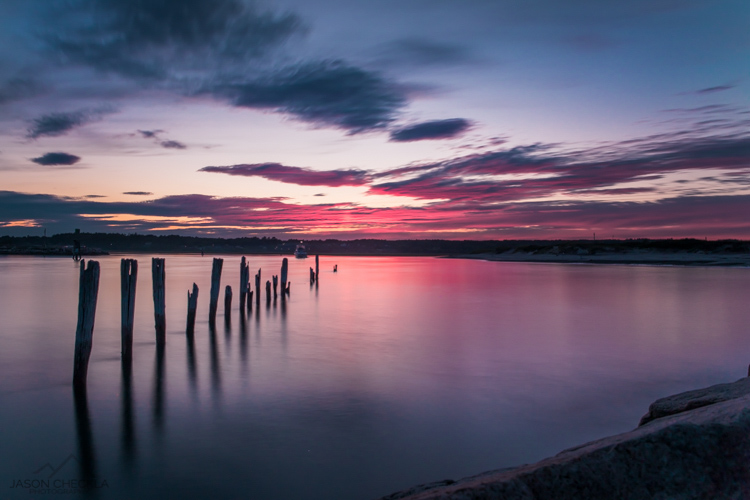


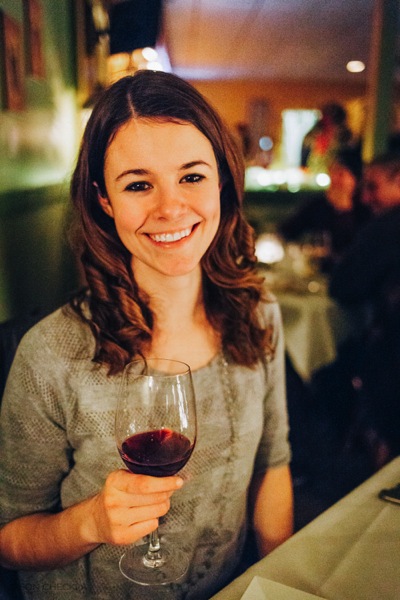
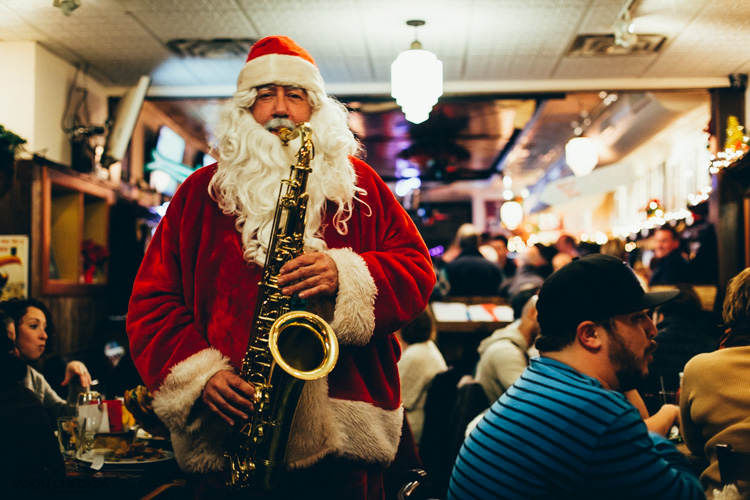

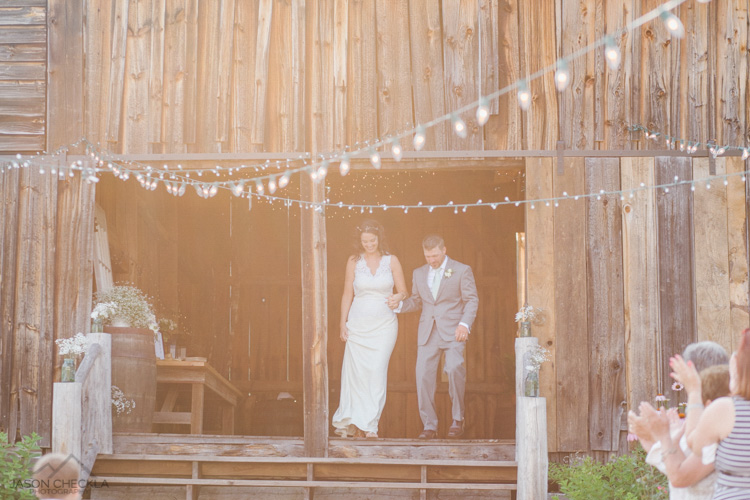
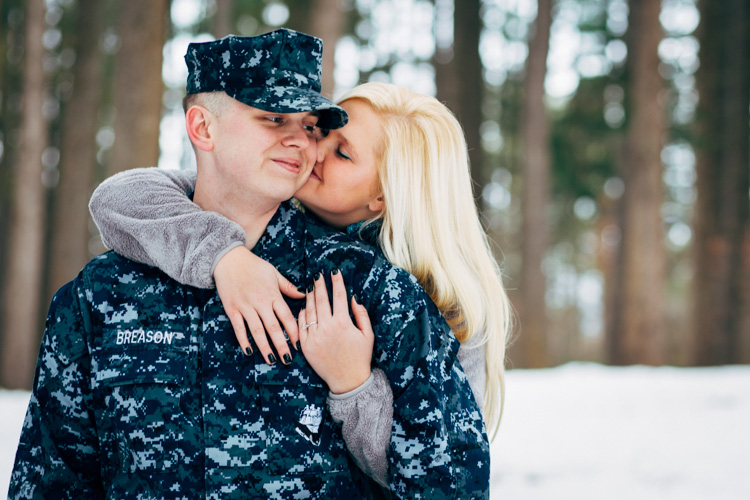
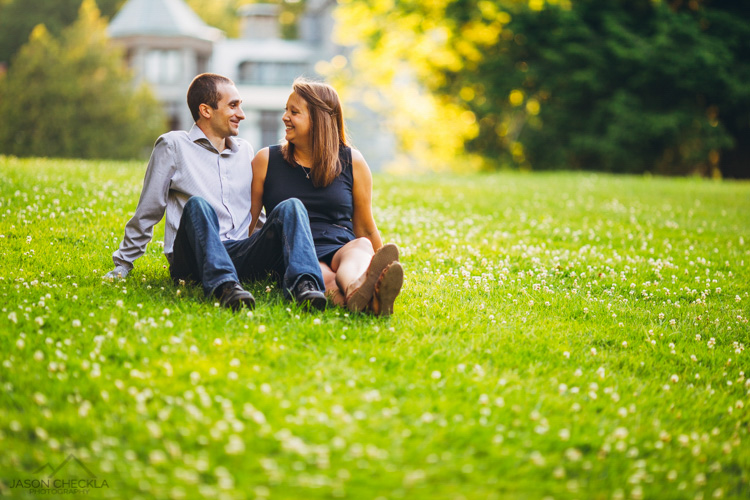
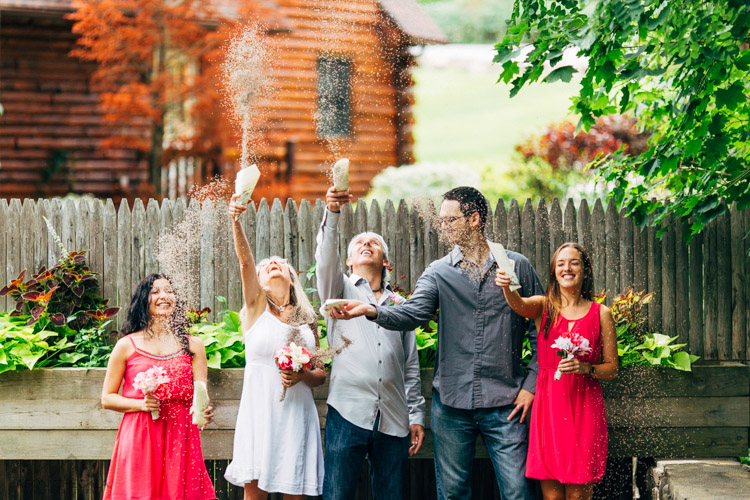

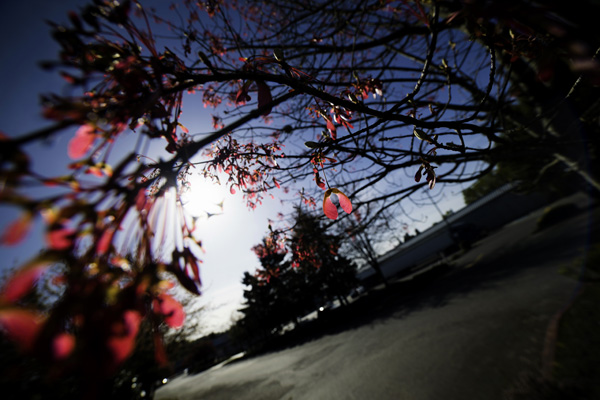
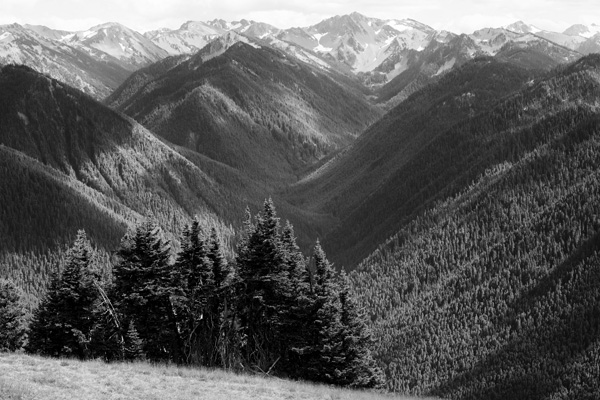
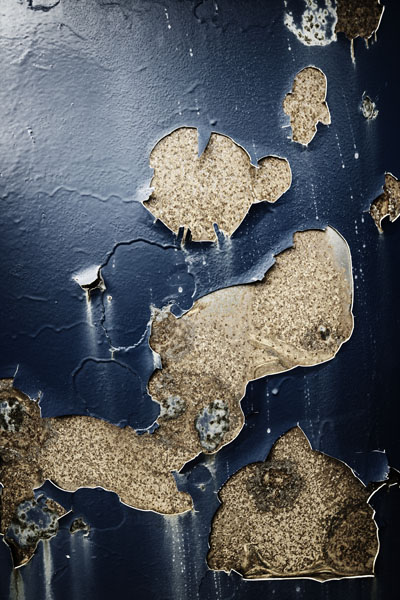
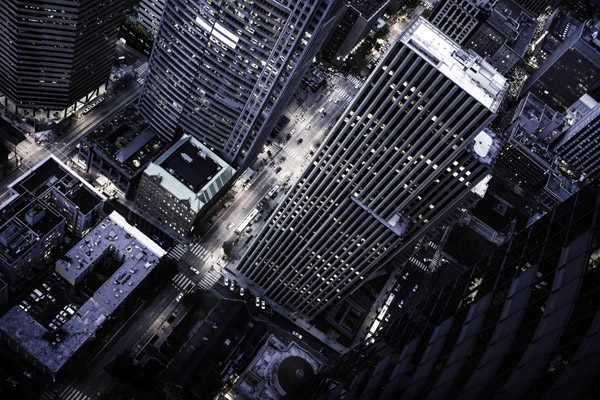
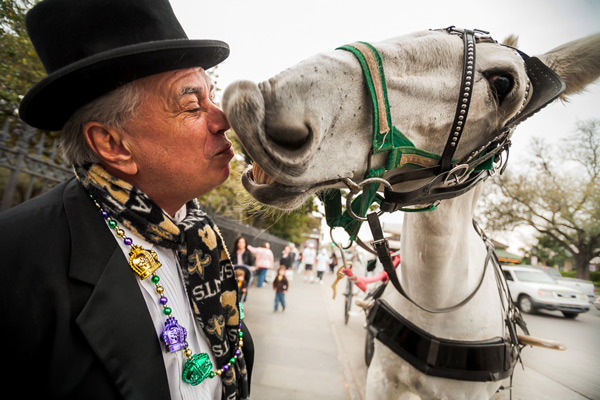


You must be logged in to post a comment.